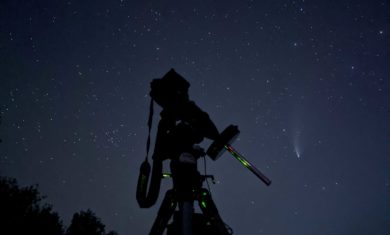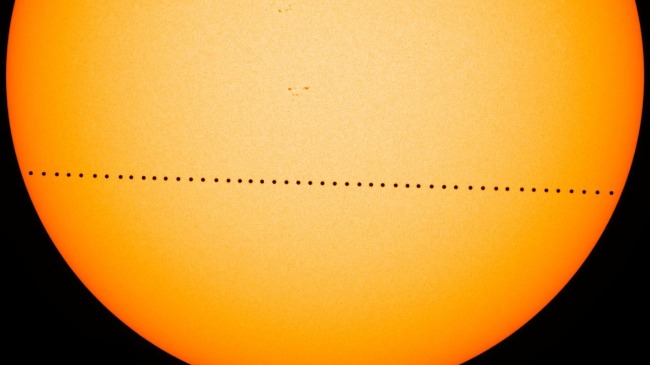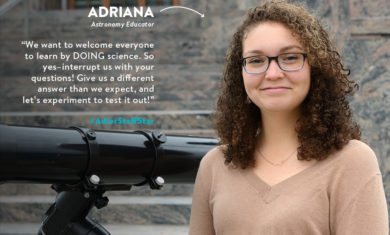Linking The World’s Planetariums
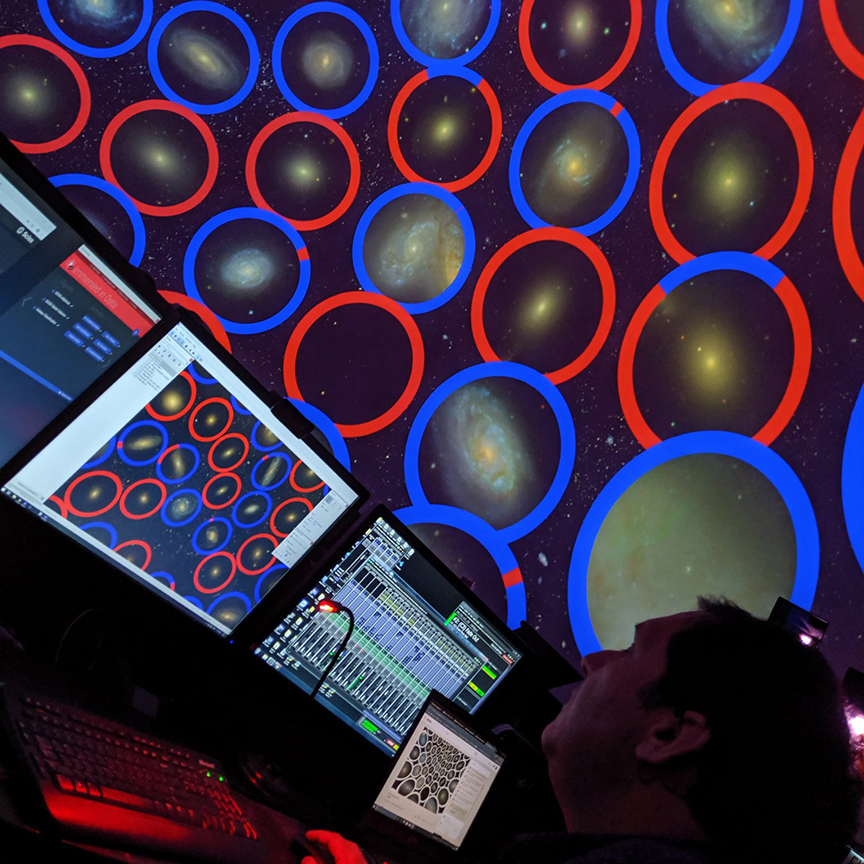
By Mark SubbaRao, PhD and Colleen Cesaretti
Header Image: Mark SubbaRao runs the first tech rehearsal for the 2019 November Kavli Lecture, A Universe of Surprises, in the Grainger Sky Theater.
Equipped with two fulldome theaters within the Adler’s walls, global domecasting has become an innovative way that we connect with other planetariums, countries, and people around the world.
Domecasting is a planetarium presentation that broadcasts space visualizations of astronomical data to multiple locations. Over the last four years, and in partnership with The Kavli Foundation, domecasting has become more mainstream.
We interviewed Dr. Mark SubbaRao, the President of the International Planetarium Society and Director of Space Visualization Group at the Adler Planetarium, to learn more about domecasting, how the Adler uses it, and what the future for this technology looks like.
As the President of the International Planetarium Society, what do you hope to accomplish?
Two major goals I have for my tenure as President of the International Planetarium Society are:
- Increasing the global collaboration among planetariums.
- Advancing the planetarium field in regards to how we present modern scientific data.
One project that advances both of these goals is domecasting. Through the planetarium simulcast, or domecast, one planetarium presentation can be synchronized across many facilities all around the world.
Why is domecasting important for the Adler Planetarium, and the city of Chicago?
Domecasting provides a mechanism for the Adler to reach beyond its doors. With astronomers on staff, and a team which is specialized in creating planetarium visualizations of astronomical data, we strive to innovate and advance the state-of-the-art in visual science communication. The domecasts also provide an opportunity to demonstrate these techniques to our planetarium colleagues. As much as possible, the Adler’s Space Visualization Group uses open data practices, so that we not only share the visualizations we create, but the data and code that were used to create it.
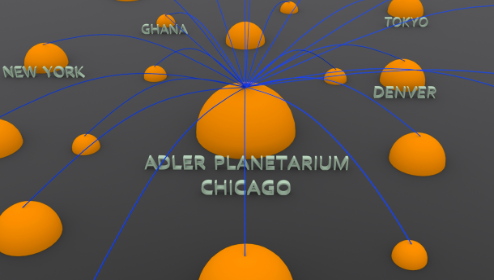
Can you tell us about the Adler’s role in the Kavli Fulldome Lecture Series? How has it changed the course of domecasting at the Adler?
The Kavli Fulldome Lectures began in 2015 at the Adler Planetarium, and is the largest and most successful domecast series. Before the Kavli Lectures, domecasting was a promising technology demonstration, but now—after the six lectures in this series—it has become mainstream. The Kavli Lectures combine top scientists’ live presentations with custom immersive graphics created by the Adler’s Space Visualization Group. The last lecture, presented by Northwestern University’s Shane Larson, was streamed to 25 remote venues around the world!
What is a rewarding aspect of being involved in global domecasting?
One of the most rewarding aspects of the Kavli Lectures has been seeing our planetarium colleagues remix our visualizations to illustrate other physical phenomena. These domecasts enhance collaboration and build a sense of global community. People are energized knowing that domecasting connects planetariums across the world. One of the attendees of the last Kavli Fulldome Lecture stated that the best part of the event was the, “Interaction and the fact that people around the globe were all listening/watching the same lecture.”
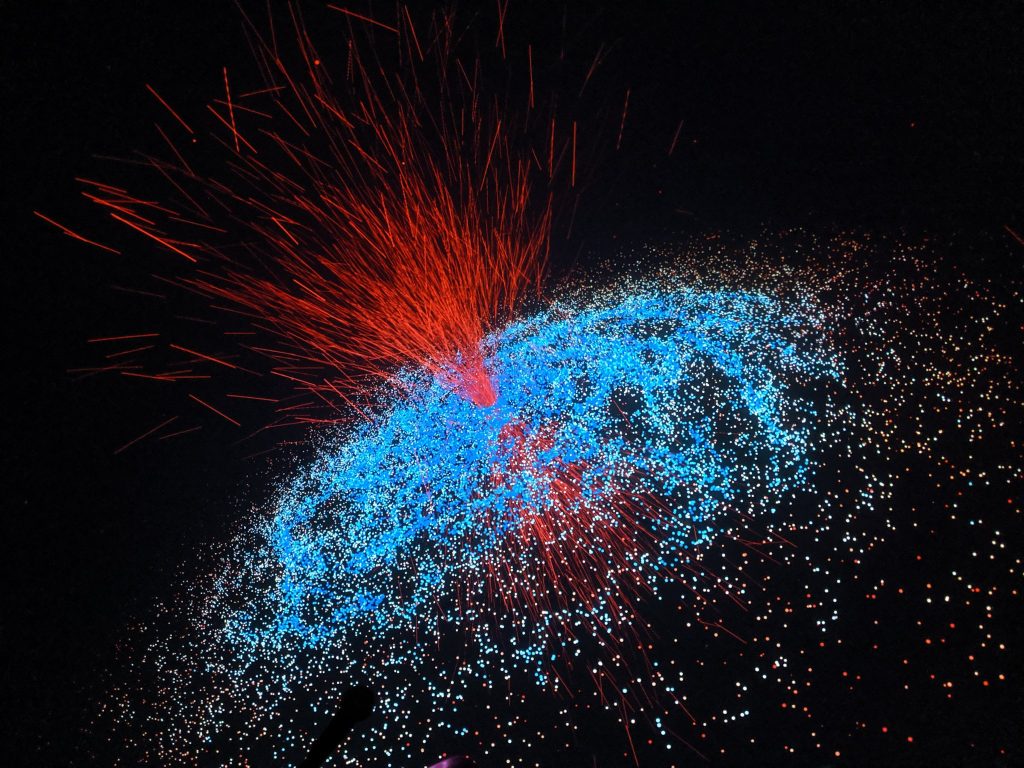
Besides the Kavli Fulldome Lecture, are there any other domecasts that the Adler participates in?
Universe Update is another domecast series which takes place during some Adler After Dark events. This domecast features the astronomical events and discoveries from just the last month. This type of event dramatically demonstrates the pace of scientific discovery and is a collaboration of the Adler Planetarium and the California Academy of Sciences in San Francisco. It is a two way domecast with both the speaker, and control of both planetariums, being traded off between Chicago and San Francisco during the event. Most often the presenters are myself, and Ryan Wyatt, Director of the Morrison Planetarium at CalAcademy.
What does the future of domecasting look like for us?
In the future we will be looking to create more domecasting opportunities as well as extending our partner network. It isn’t only other planetariums that can stream our visualizations. Streaming to VR headsets lets us reach a variety of locations such as schools, bars, and hospitals.
This all sounds incredible! Are there any upcoming domecast events in 2019?
To see a global domecast in action, attend the Adler Planetarium’s next Kavli Fulldome Lecture on November 1st and November 2nd titled, “A Universe of Surprises.”
You can get tickets to the event or watch a live stream of the lecture on YouTube.




